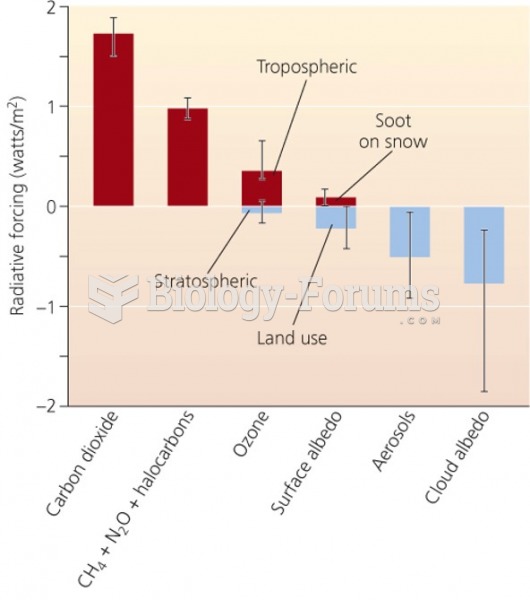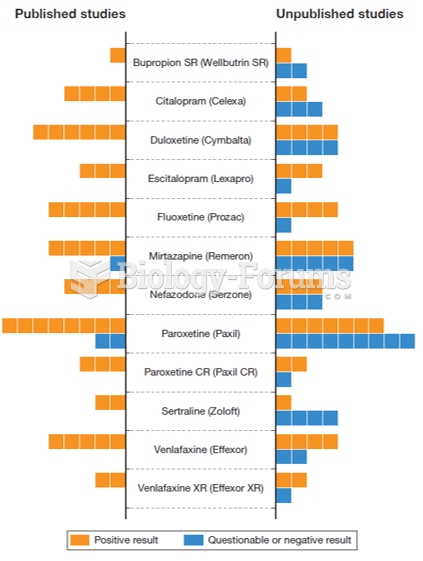|
|
|
Most strokes are caused when blood clots move to a blood vessel in the brain and block blood flow to that area. Thrombolytic therapy can be used to dissolve the clot quickly. If given within 3 hours of the first stroke symptoms, this therapy can help limit stroke damage and disability.
Human kidneys will clean about 1 million gallons of blood in an average lifetime.
Between 1999 and 2012, American adults with high total cholesterol decreased from 18.3% to 12.9%
After a vasectomy, it takes about 12 ejaculations to clear out sperm that were already beyond the blocked area.
Although not all of the following muscle groups are commonly used, intramuscular injections may be given into the abdominals, biceps, calves, deltoids, gluteals, laterals, pectorals, quadriceps, trapezoids, and triceps.







